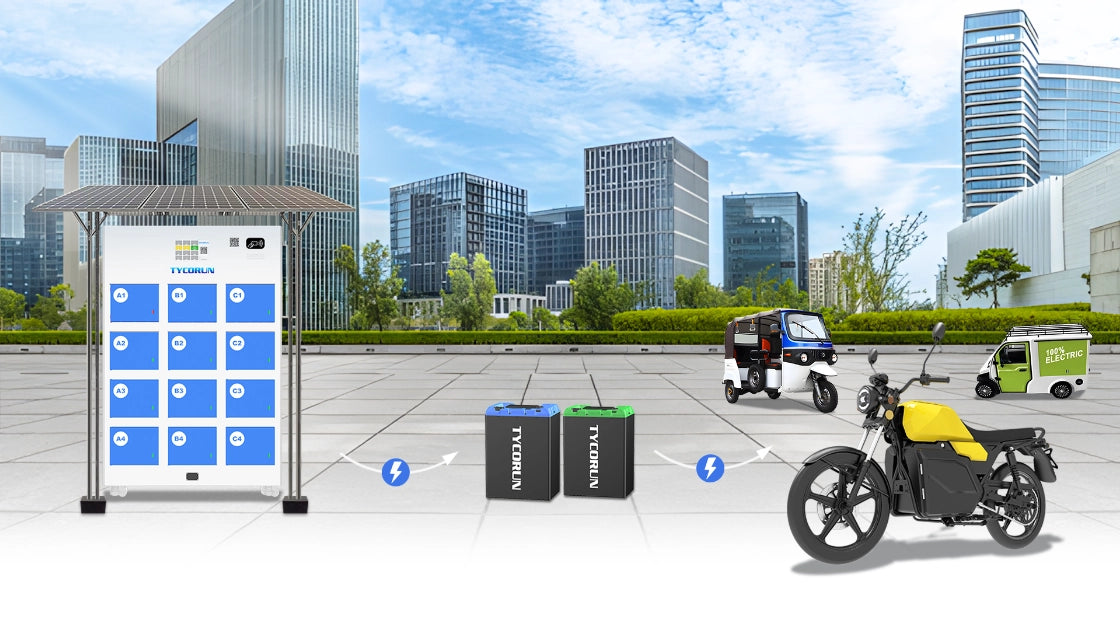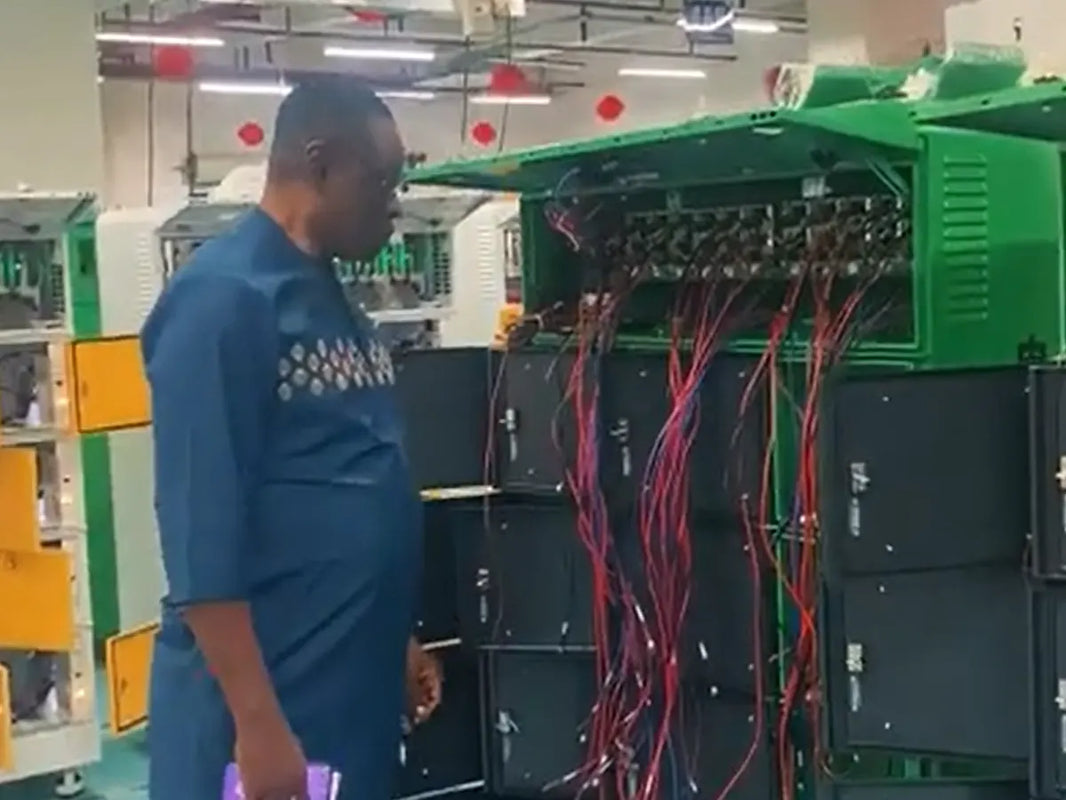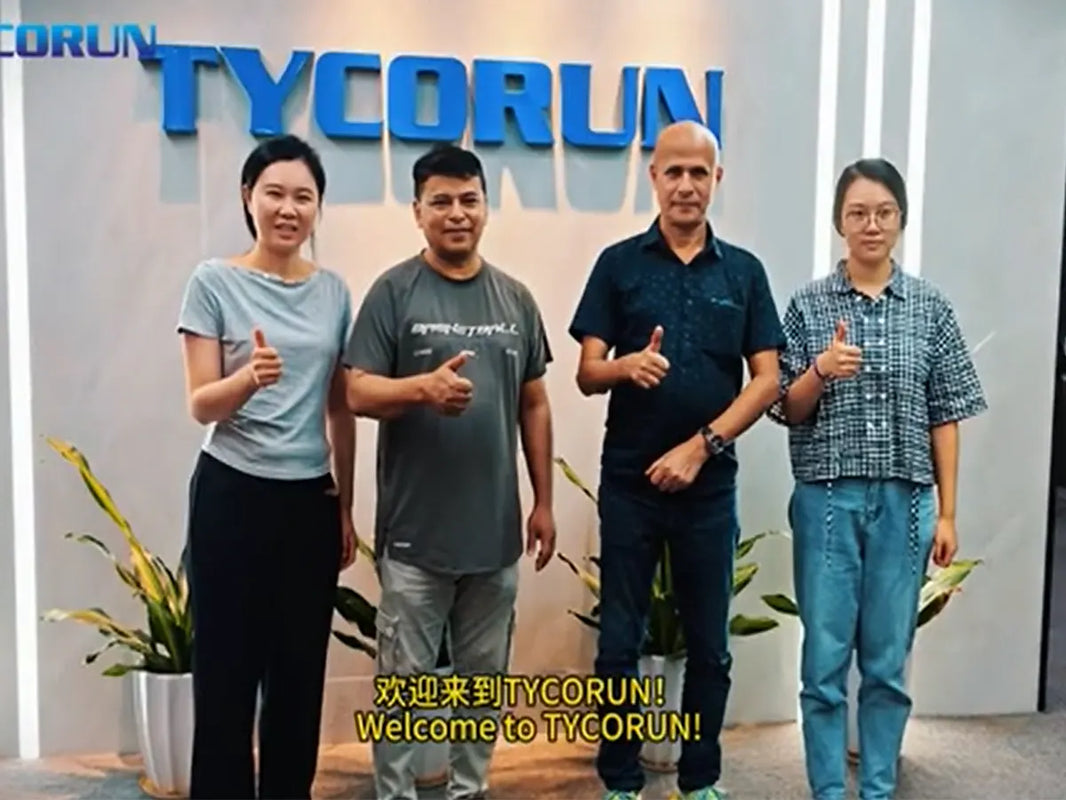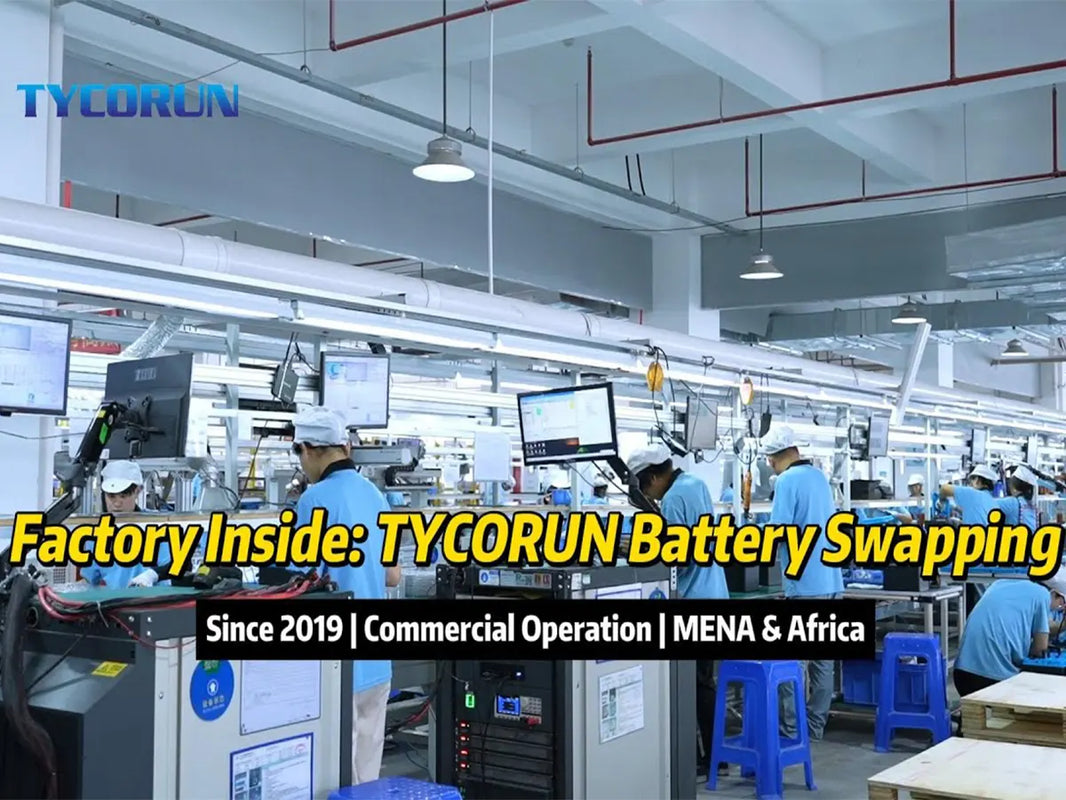
Main content:
China has consistently ranked first in the global lithium battery supply chain competitiveness for five consecutive years, thanks to its mature supply chain system and continuously optimized industrial policies. According to the latest report from Bloomberg New Energy Finance (BNEF), even in the face of intensified global trade frictions, China still maintains its leading position with a comprehensive score of 85 out of 100.
China's mature supply chain has demonstrated strong resilience, allowing it to perform better than its less mature competitors in the challenging year of declining profit margins, insufficient demand, and escalating trade tensions in the battery industry.
Overview of the lithium battery industry chain
The lithium battery industry chain can be summarized into three stages: upstream, midstream, and downstream. The upstream stage involves resource extraction and compound processing, the midstream stage involves lithium battery production and assembly, and the downstream stage involves the application and recycling of lithium batteries.
The upstream of the industrial chain focuses on the battery materials field, covering the entire process from raw material extraction to material production. The raw materials include positive electrode materials such as lithium, cobalt, and nickel, graphite negative electrode materials, copper and aluminum current collector materials, as well as chemical materials used for separators, tapes, and aluminum-plastic films. Lithium battery materials include four key materials: positive electrode, negative electrode, separator, electrolyte, as well as auxiliary materials such as current collector and shell.
The midstream of the industrial chain mainly consists of battery manufacturers responsible for processing, packaging, assembly and other processes. Battery manufacturing mainly refers to the lithium ion batteries production and manufacturing process of power batteries, including electrode manufacturing (front-end), cell assembly (mid-section), cell testing, and lithium ion battery pack integration (back-end) and other industrial processes.
The downstream of the industrial chain involves the ultimate application and recycling of lithium batteries. The application areas include industries such as new energy vehicles, consumer electronics, energy storage systems, etc; Recycling includes the recovery of precursors and recycled raw materials.

Overview of the global lithium battery supply industry
The ranking of the United States has risen one place, tied with Canada for second place. This progress reflects the actual impact of the Inflation Reduction Act, which strengthened the industrial base of the United States through clear incentives and strong policy support.
In 2024, the United States ranks among the top three in terms of renewable energy policies and is considered the most attractive mining investment destination by the industry. However, the potential return of former President Trump to the White House has brought significant market and policy uncertainty, which may have a negative impact on the development of the North American battery supply chain.
Emerging markets have seen the largest increase in this ranking. Brazil and Indonesia have risen five and four places respectively, reaching 16th and 13th place. The ambitious policy roadmap and surging demand have driven the growth of these markets. The battery manufacturing reserve project has also begun to take shape as a result. However, with the development of the supply chain, reducing the risk of project scale expansion will be crucial.
In 2024, the potential of Europe's battery supply chain shows signs of regression. Among the 11 European countries on the list, the ranking of four countries declined, the ranking of five countries remained unchanged, and only the Czech Republic and Trkiye rose. If there is no new impetus and targeted intervention measures to address industry barriers such as high operating costs and long approval times, this once hopeful region may be replaced by faster developing emerging markets.
Faced with such challenges, Europe is accelerating the construction of local supply chains based on the EU's Critical Raw Materials Act (CRMA) and the Battery 2030+ initiative.. Volkswagen and other companies have announced the construction of gigafactories in Germany, Sweden, and other locations., and it is expected that the European lithium battery production capacity will exceed 300GWh by 2025.

Supply and trade risks
The United States and its Western allied countries have built a complex international relations network through multidimensional global influence such as economy, politics, and military, which poses significant challenges to the security of China's lithium battery industry chain and supply chain.
Although China leads the world in lithium battery technology, due to the uneven distribution of global lithium resources, regions such as the Lithium Triangle in South America and Australia have abundant lithium resources. Western countries, especially the United States, influence the policy orientation of these countries through diplomatic means and economic assistance, which may lead to Chinese companies facing more political and economic barriers when obtaining lithium resources.
For example, in 2024, the US Inflation Reduction Act stipulates that starting from 2024onwards, more than 50% of key minerals in electric vehicle batteries must come from North American or free trade agreement countries, which directly affects the global battery supply chain layout.
It can be seen that through economic means such as investment, debt, and trade, Western countries exert influence on resource rich countries, which may lead these countries to lean towards the West in international policies and restrict trade and cooperation with China. Geopolitical risks have also led to an intensified trend of global economic decoupling.
This division significantly reduces the welfare of global trade by increasing trade costs and tariffs, especially having a negative impact on technology and innovation. For example, in September 2024, the Biden administration announced the details of the 301 tariff on China, imposing a 50% tariff on Chinese lithium ion solar battery. According to a May 2023 announcement from the Office of the United States Trade Representative (USTR), the current tariff on Chinese lithium batteries remains at 7.5%, with plans to gradually increase to 25% by 2026.
A large number of studies have shown that a complex network system of lithium batteries has been established globally, and the chain reaction of one pull affects the whole body has highlighted the systemic risks of the global lithium battery industry chain. The trade barriers caused by this decoupling not only increase transaction costs, but also hinder the cross-border flow of knowledge and technology, thereby suppressing the pace of global innovation.

Related articles: Top LiFePO4 power battery companies in the world, Top 10 LiFePO4 battery companies in the US, Top 10 power battery cell manufacturers
















